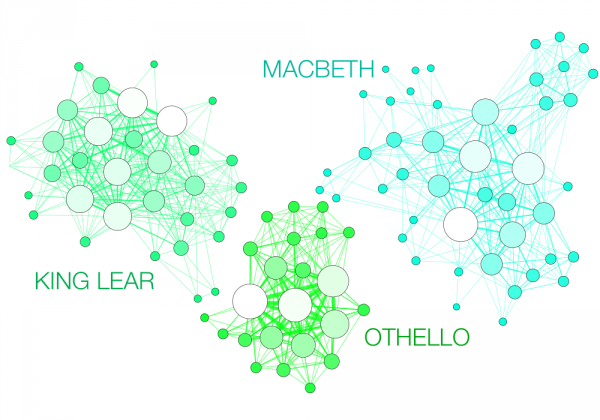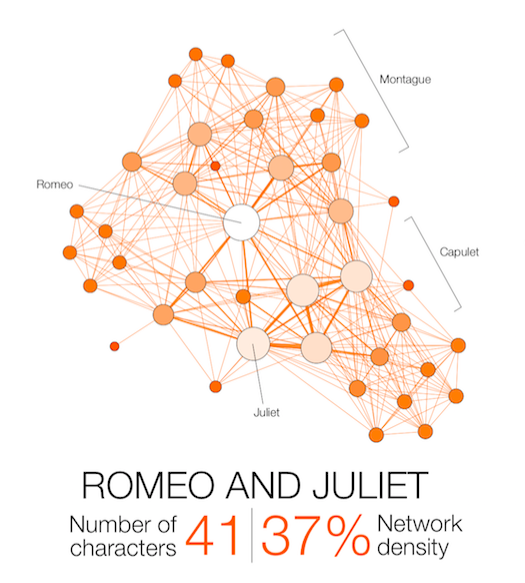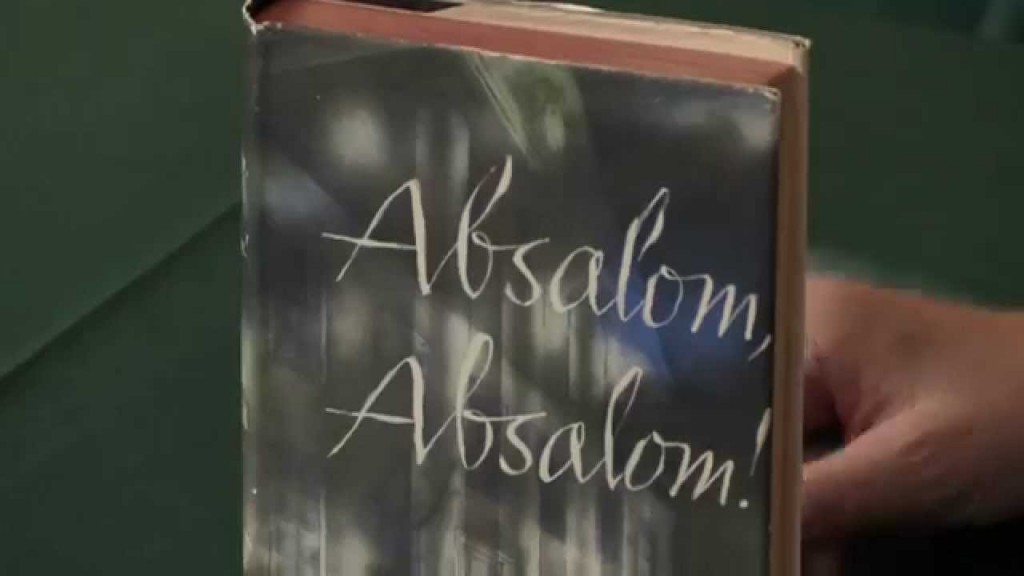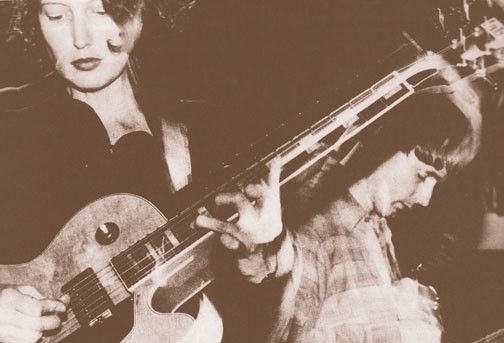How to get a handle on documentary film? Given not just the quantity but the wide variety of works in the field, with all their vast differences in style, duration, approach, and epistemology, getting up to speed with the state of the art (or perhaps you consider it a form of essay, or of journalism) can seem a daunting task indeed. But as luck would have it, ten experts on documentary film — documentarians themselves, in fact — have just done some of the work for you, selecting a total of “Fifty Documentaries You Need to See” for The Guardian.
Few pictures in the history of cinema have played as important a role in the formation of a genre as has Dziga Vertov’s 1929 Man with a Movie Camera, which Man on Wire director James Marsh named as an essential. “This was the first truly subversive, playful documentary,” he says. “It’s notionally a day in the life of a city in the Soviet Union and so it has, on a purely sociological/historical level, great value. But what it does beyond that is to show you the means of production: the filming, the cutting room, the editing – all the things that are going into the making of this film.”
You can, of course, watch Man with a Movie Camera free at the top of this post. For the other 49 Documentaries You Need to See, you may have to do some more searching, but they’ll repay the effort many times over with their intellectual stimulation, their unexpected drama, and their exploration of the borderlands between cinematic fiction and cinematic fact. Few films of any kind perform that last mission as astutely as Abbas Kiarostami’s Close-up (available on Hulu if you start a free trial), about a man’s impersonation of famous Iranian filmmaker Mohsen Makhmalbaf, re-enacted with the very same people originally involved: the impostor, the family he tried to trick, the judge who presided over the ensuing trial, and even Makhmalbaf himself.
Close-up (as well as one of Makhmalbaf’s own movies, Salaam Cinema) appears among the picks from Joshua Oppenheimer, a documentarian specializing in examinations of massacres in Indonesia. When you’ve watched all the recommendations, you might consider circling back and checking out Oppenheimer’s The Act of Killing and The Look of Silence. By the same token, after you’ve seen Agnès Varda’s The Gleaners and I, have a look at Lucy Walker’s Waste Land; after Werner Herzog’s Grizzly Man, Khalo Matabane’s Story of a Beautiful Country. But fair warning before you launch into this viewing project: once you come out of it, you won’t see the possibilities of cinema in quite the same way ever again — at the very least, you’ll see infinitely more of them.
For another list, see The 10 Greatest Documentaries of All Time According to 340 Filmmakers and Critics.
Related Content:
265 Free Documentaries Online
Free: Dziga Vertov’s A Man with a Movie Camera, the 8th Best Film Ever Made
Werner Herzog Narrates the Touching, Existential Journey of a Plastic Bag
Based in Seoul, Colin Marshall writes and broadcasts on cities, language, and style. He’s at work on a book about Los Angeles, A Los Angeles Primer, the video series The City in Cinema, the crowdfunded journalism project Where Is the City of the Future?, and the Los Angeles Review of Books’ Korea Blog. Follow him on Twitter at @colinmarshall or on Facebook.





 In the time it’s taken me to grow out of my wayward 90s youth and into mostly solid citizen adulthood, cultural memories of that decade have crystalized around a few genres that have seen some renewal of late. I’m more than pleased to find current musicians reviving shoegaze, 90s electronica, and neo-soul. And with so many artists who peaked twenty or so years ago still releasing records or getting back together for impressive reunions, it often seems like the music I grew up with never left, even if a whole raft of stars I couldn’t pick out of a lineup have emerged in the meantime.
In the time it’s taken me to grow out of my wayward 90s youth and into mostly solid citizen adulthood, cultural memories of that decade have crystalized around a few genres that have seen some renewal of late. I’m more than pleased to find current musicians reviving shoegaze, 90s electronica, and neo-soul. And with so many artists who peaked twenty or so years ago still releasing records or getting back together for impressive reunions, it often seems like the music I grew up with never left, even if a whole raft of stars I couldn’t pick out of a lineup have emerged in the meantime.
